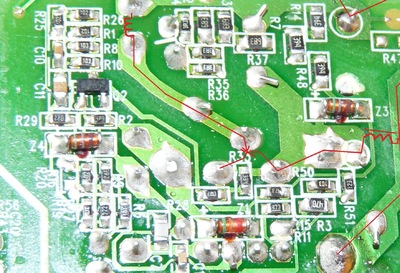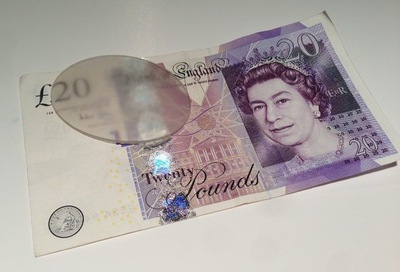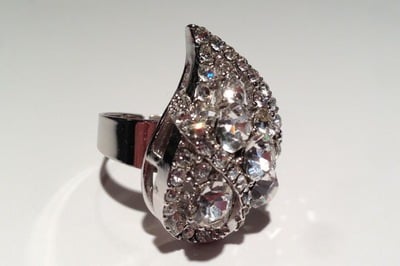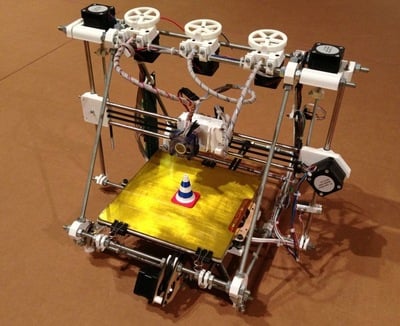Some people, usually those just introduced to 3D printing, often believe the technology is capable of printing “anything”, in the manner of a Star Trek replicator. That, of course, is not the case. There are many limitations in the technology and indeed within each type of 3D printing process.
This means there are things you can 3D print and things you can’t. Here’s a few items you likely won’t be 3D printing at home soon:
Dinner. While there have been many experiments in 3D printed food items, such as chocolate, cookies and even extruded meat paste (yum), there is a massive problem: 3D printing takes a very long time to complete, and you’ll probably starve long before dinner is printed.
Metal Parts. Certainly 3D metal printers exist; we’ve seen many of them. But you won’t see them at home for a while because they’re very expensive and require high power, expensive environmentals and a lot of training. Who can afford powdered gold and silver, anyway?
 Electronics. Experimental work has shown it’s possible to 3D print crude electrical traces, but this feature has yet to be integrated into a commonly available 3D printers, even commercial offerings. We regret to inform you that electrical items must be added after printing, at least for now.
Electronics. Experimental work has shown it’s possible to 3D print crude electrical traces, but this feature has yet to be integrated into a commonly available 3D printers, even commercial offerings. We regret to inform you that electrical items must be added after printing, at least for now. Transparent Items. You can purchase “translucent” filament – it’s available at most 3D printer filament shops. But “translucent” does not mean “transparent”. The best transparency we’ve seen is from an Objet 3D printer – and that required significant polishing after printing to achieve a sorta-transparentish result.
Anything Large. Large prints take much more time than smaller prints. Remember, when you double the dimension of a print, it’s not twice as long to print. It’s EIGHT times as long to print! You want a double size version of that 11 hour print? Be prepared to wait almost 90 hours for it to complete – but you or your printer will probably give up before then.
Fine Jewelry. You can certainly make crude bracelets and brooches, but 3D printing a finely detailed ring, perhaps with an inscription? The resolution required to do so is beyond the capability of most personal 3D printers today. Your only hope is to purchase a commercial high-resolution wax 3D printer and use the lost-wax metal casting approach. But you won’t do that either.
A Complete Replacement 3D Printer. Certainly the RepRap project has shown that it is possible to 3D print *most* of a 3D printer. But you aren’t actually 3D printing the *entire* 3D printer; metal parts, such as rods, bolts and nuts, as well as all the electronics and wiring can’t yet be 3D printed at home.
While you can’t yet 3D print the items above, you can 3D print many other items. Combine your creativity with the limitations of your 3D printer and you’ll be surprised what can be done.
Image Credit: Wikimedia







